Best astrophotos of the week: the last collection of 2023!
29th Dec 2023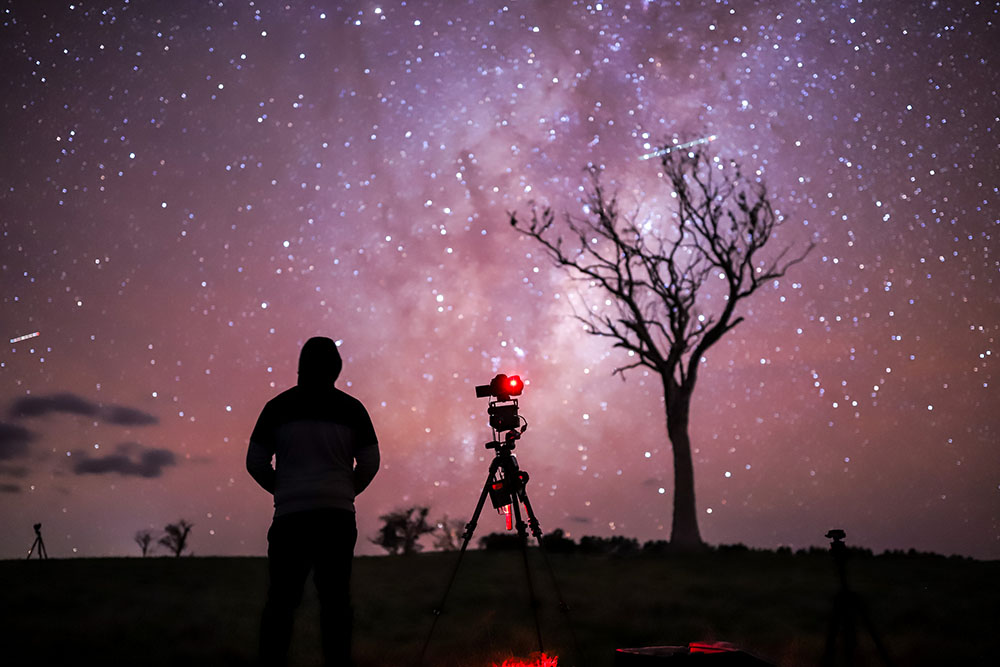
As 2023 comes to an end, we want to please you with the last collection of best weekly astrophotos. Let’s dive into the celestial wonders that have graced the night sky in anticipation of the new year!
All the images are taken from social media (Facebook).
The Crab Nebula by Shawn Killian
In this captivating astrophotograph captured by Shawn Killian, we are treated to a mesmerizing view of the Crab Nebula, a celestial spectacle that stands as one of the most scrutinized remnants of a supernova explosion. What makes this image truly captivating is the contrast it creates against the inky darkness of space. The Crab Nebula boldly emerges, a celestial gem that brilliantly shines amid a sea of stars, each one a distant luminary contributing to the cosmic symphony.
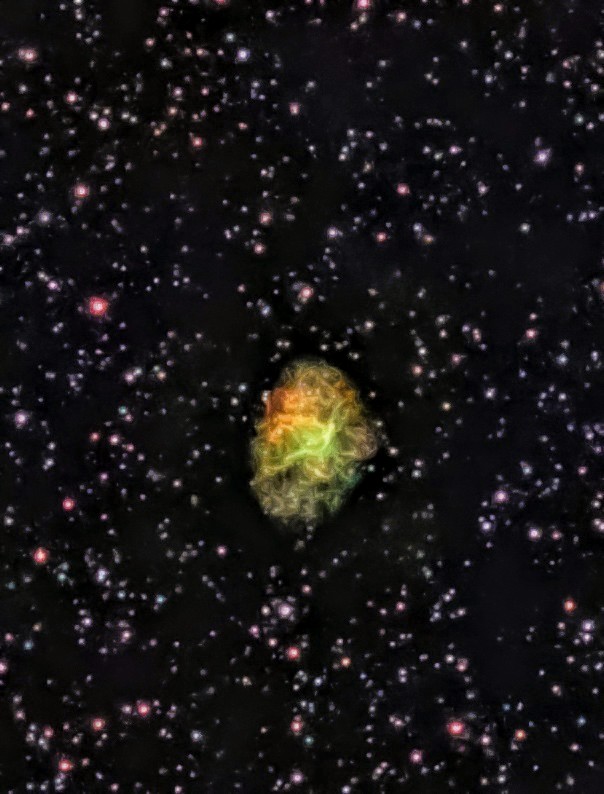
Image Credit: Shawn Killian
The NGC 3503 Nebula by Sauro Gaudenzi
Sauro Gaudenzi presents a stunning astrophotograph featuring NGC 3503. NGC 3503 is a nebula, a vast cloud of gas and dust in space, known for its striking appearance and intricate details. In this image, it is depicted in a breathtaking array of colors. In the heart of the image, a symphony of yellow and orange hues takes center stage, gracefully weaving through the cosmic tapestry. These warm tones, reminiscent of the delicate glow of a celestial ember, tell a tale of ionized hydrogen gas – stellar nurseries where new stars come to life. All the data and shots of this photo have been acquired with telescope.live.
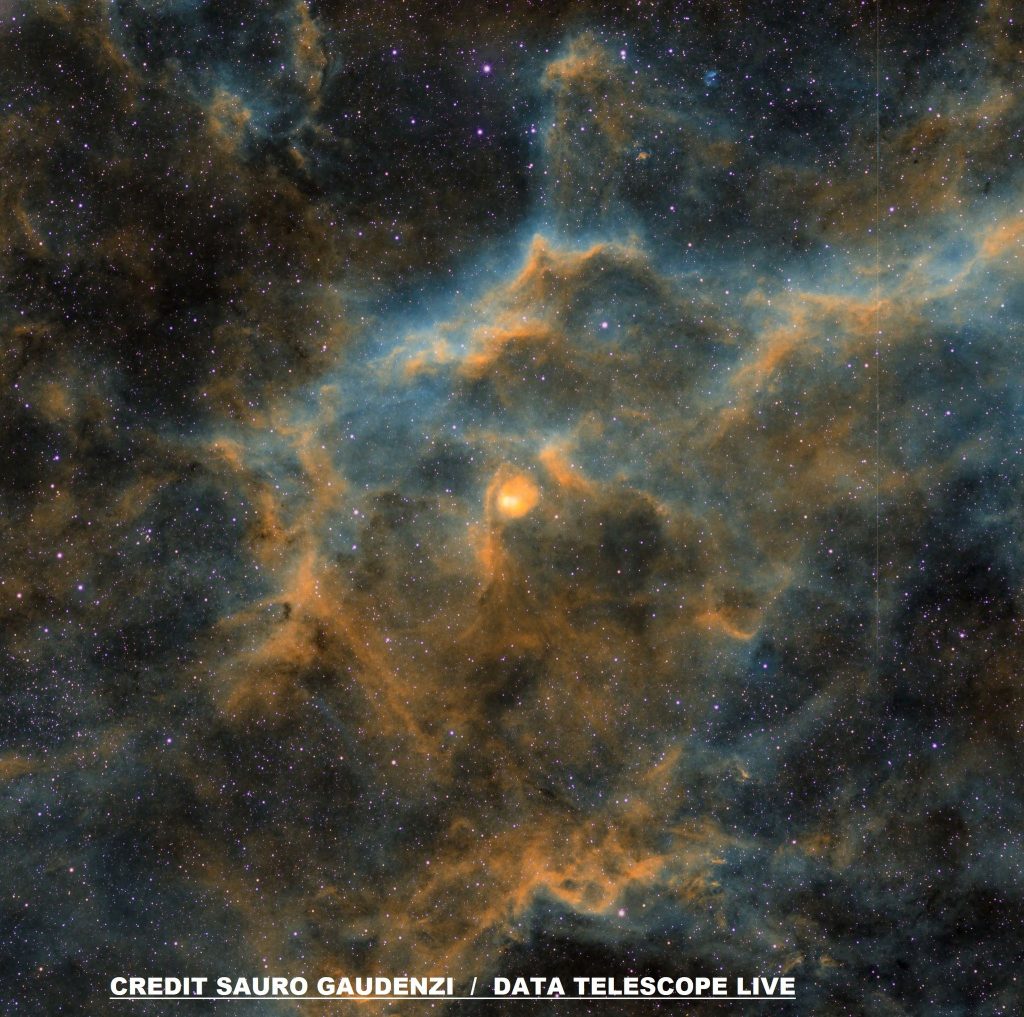
Image Credit: Sauro Gaudenzi
Jarod Koh’s Magellanic Clouds
Jarrod Koh beautifully captures the ethereal beauty of the Magellanic Clouds. The image presents a celestial spectacle that transcends the boundaries of our night sky. The Small Magellanic Cloud (SMC) and Large Magellanic Cloud (LMC) unfold against the cosmic canvas, offering a glimpse into the enigmatic depths of the southern hemisphere.
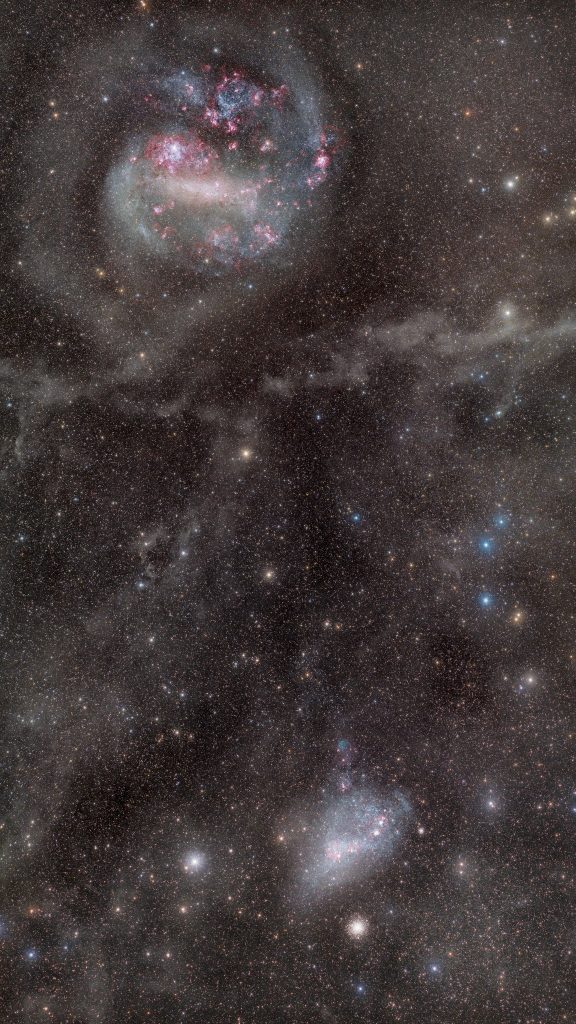
Image Credit: Jarod Koh
The Heart Nebula by Robinson Carvallido Figueroa
Robinson Carvallido Figueroa’s work captures the beauty of IC 1805, also known as the Heart Nebula. It is a region of ionized gas and young stars, and its distinctive shape has earned it the nickname “Heart Nebula” due to its resemblance to a human heart. IC 1805 is part of a larger complex of nebulosity that includes the neighboring Soul Nebula (IC 1848). Together, these nebulae represent some of the most visually appealing and scientifically interesting regions of star formation within our Milky Way galaxy.
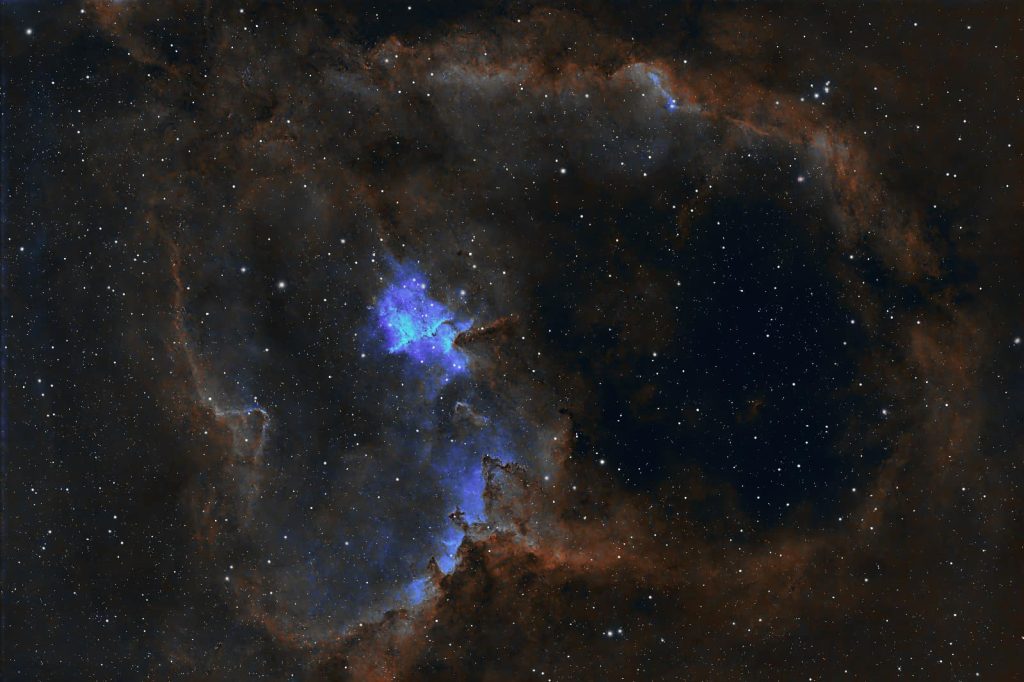
Image Credit: Robinson Carvallido Figueroa
The Embryo Nebula by Berengar von Ow
Berengar von Ow provides insights into NGC 1333, also known as the Embryo Nebula. NGC 1333 is a reflection nebula that manifests itself predominantly in visible light with a captivating array of bluish hues. Within this intricate celestial tapestry, Berengar von Ow skillfully captures the telltale signs of high-contrast red emissions originating from Herbig-Haro objects. Notably, Herbig-Haro objects are fascinating phenomena associated with the birth of stars. They manifest as red emissions resulting from the interaction of jets and compressed luminous gas surrounding recently formed stars.
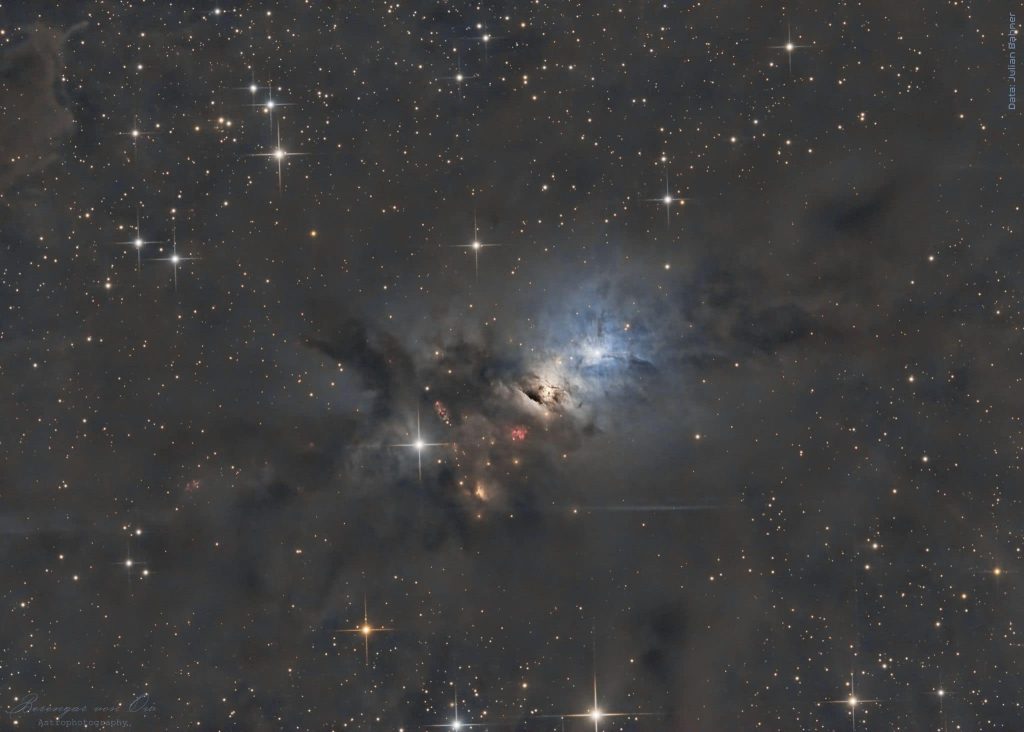
Image Credit: Berengar von Ow
Dana Watson’s Great Orion Nebula
Dana Watson presents a unique perspective of Messier 42, famously known as the Great Orion Nebula. This rendition offers a departure from the more typical color palette associated with this nebula, introducing a striking blend of blue and purple hues – a really picturesque view! The usual colors associated with the Great Orion Nebula include shades of red, pink, and orange, primarily due to the presence of ionized hydrogen.
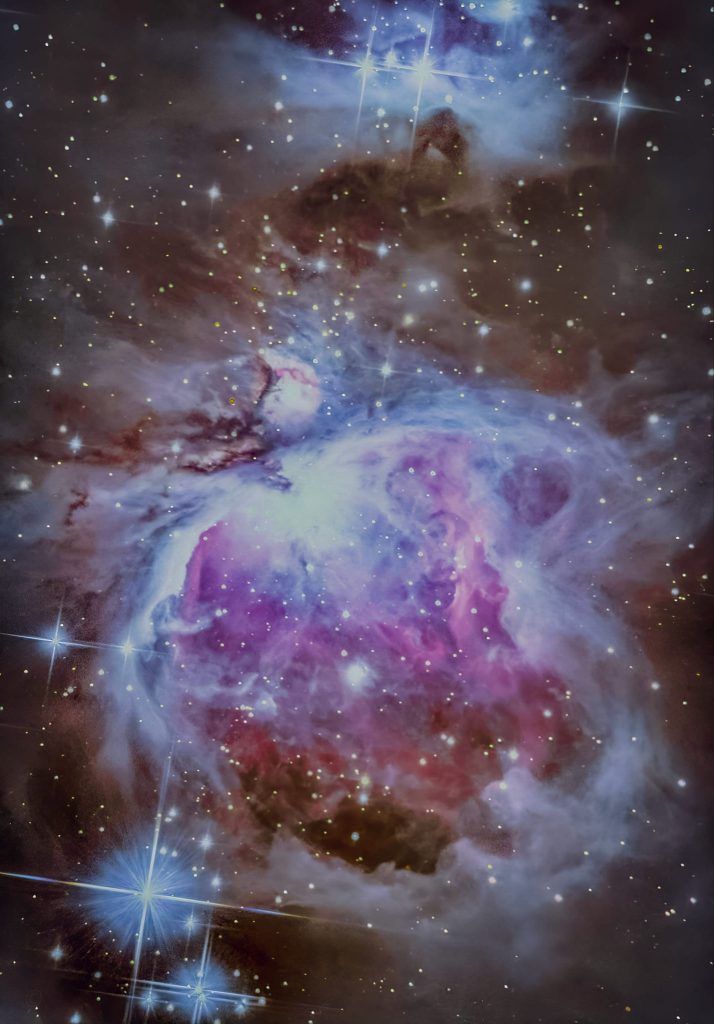
Image Credit: Dana Watson
Hope you enjoyed these stunning images, and it’s wonderful to hear your appreciation for the photographers who share their masterpieces. Astronomy and astrophotography indeed provide a breathtaking view of the universe. The dedication of photographers contributes significantly to our understanding and appreciation of the Space. Stay tuned for more cosmic wonders in the coming year!

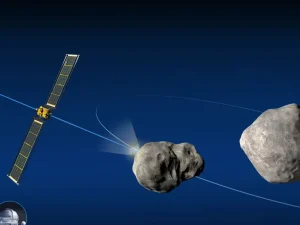
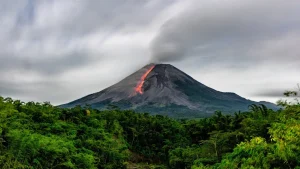
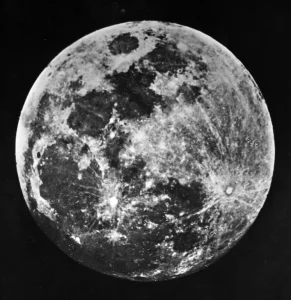
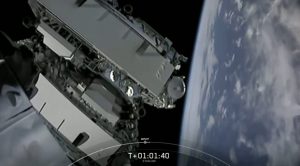

Thank you for your comment! It will be visible on the site after moderation.